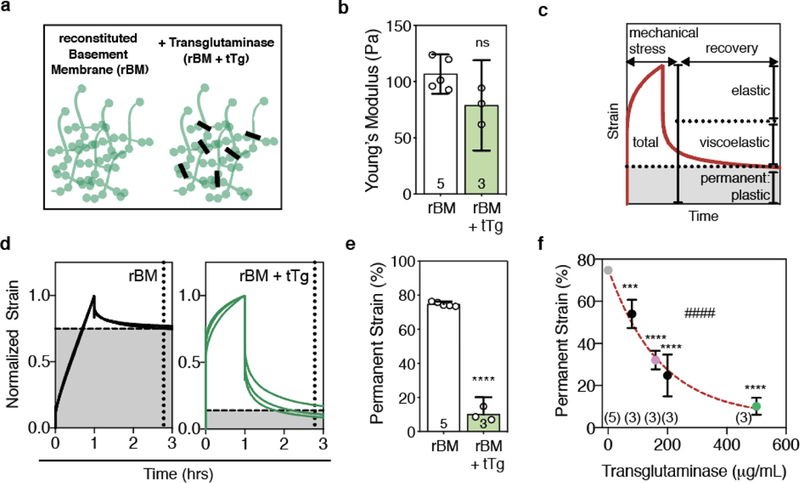Fig. 2. Covalent cross-linking of reconstituted Basement Membrane (rBM) matrices decreases their mechanical plasticity.

a, Schematic of rBM matrix without or with covalent cross-linking by tissue Transglutaminase (tTg). b, Young’s moduli of 8 mg/mL rBM alone or with 500 μg/mL tTg, quantified at 1% strain and 0.15 Hz. c, Cartoon depicting the elastic, viscoelastic, and plastic (permanent) portions of a material’s strain response during a creep and recovery test, during which time a mechanical stress is applied and then released. d, Normalized strain throughout creep and recovery tests on rBM and rBM with 500 μg/mL tTg. e, Permanent strain remaining in rBM or rBM with 500 μg/mL tTg, as indicated by the intersections of the dashed lines in d. Difference is significantly different (**** P < 0.0001, t-test). f, Permanent strain remaining after creep and recovery tests for rBM matrices cross-linked with the amount of tTg as indicated. Statistically significant differences are indicated (***P < 0.001, ****P < 0.0001, ANOVA; #### P < 0.0001, Spearman’s Rank Correlation). Red line indicates exponential decay fit line (R2 = 0.95). In b, e, and f, bars or markers indicate means and error bars indicate 95% confidence intervals.
